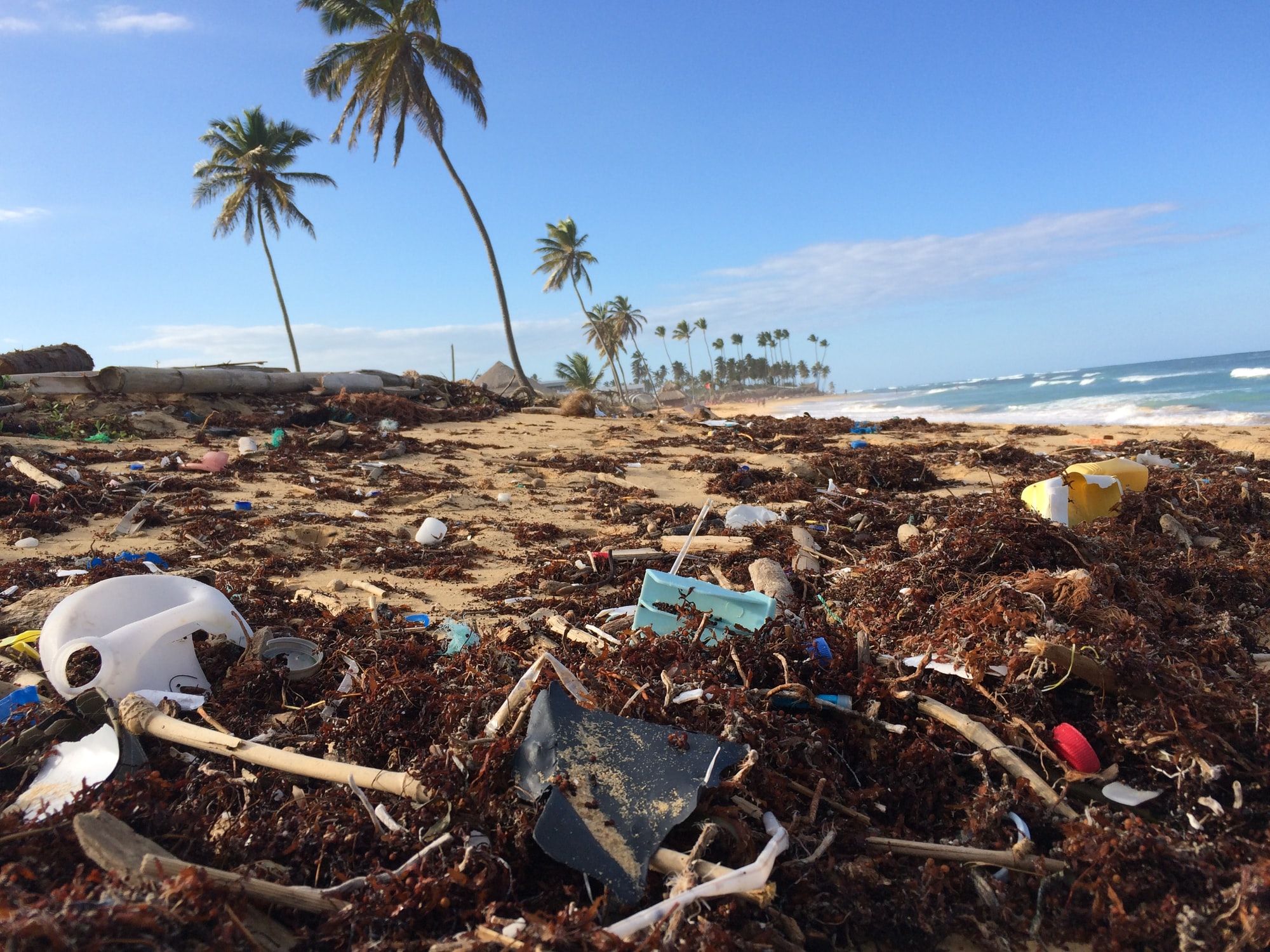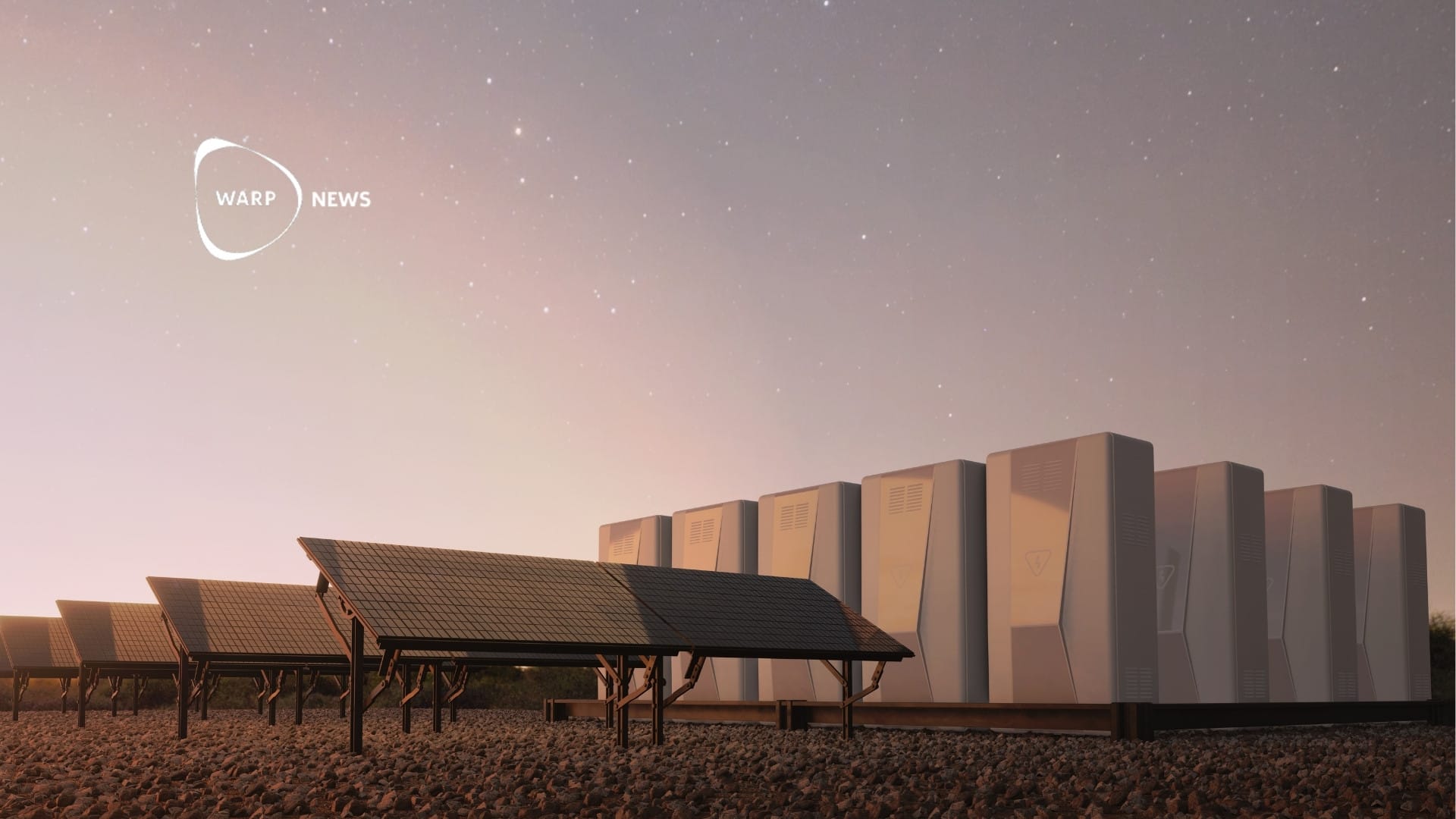
♻️ A new method to remove microplastics from the ocean
Microbiologists have discovered a new, sustainable way of removing microplastics from water - with the help of bacteria.
Share this story!
Microplastics pose a huge threat to the environment. Because of their miniscule size (smaller than 5 millimeter) they’re very hard to catch and remove from oceans. Now, a team of microbiologists have come up with a new way of removing them - with the help of bacteria.
The method is designed by researchers at the Hong Kong Polytechnic University (PolyU) and is inspired by bacteria’s natural tendency to group together and stick to surfaces. This creates an adhesive substance called biofilm.
The sticky property of bacterias gave the researchers an idea. The team wanted to create tape-like microbe nets that trap microplastics in water, so that they form an easily disposable and recycled “blob”.
Sylvia Lang Liu, a microbiologist at PolyU and lead researcher on the project said to the Guardian:
“It is imperative to develop effective solutions that trap, collect, and even recycle these microplastics to stop the ‘plastification’ of our natural environments.”
Catch and release
Liu’s team has developed a bacterial biofilm from a bacteria called Pseudomonas aeruginosa. The biofilm can catch, trap and group microplastics floating around in the water and then make them sink to the ocean floor.
Thanks to a “capture-release mechanism” using a biofilm-dispersal gene, the researchers can then unlock the microplastics from the bacteria traps. This results in masses of collected microplastics, ready to be recycled.
Dr Joanna Sadler, researcher at University of Edinburgh, who was not involved in this study said:
“This is a really innovative and exciting application of biofilm engineering to address the plastic pollution crisis. One of the biggest challenges in dealing with microplastics is capturing such small particles so they can be degraded and removed from the environment. Liu and co-workers have demonstrated an elegant solution to this problem, which holds great potential to be further developed into a real-world wastewater treatment technology.”
The project has just started and more research is needed in order to see if the solution could be carried out on a larger scale. Nonetheless, this bacteria-based invention could have the potential of removing plastic pollution in a natural and sustainable way.
By becoming a premium supporter, you help in the creation and sharing of fact-based optimistic news all over the world.


